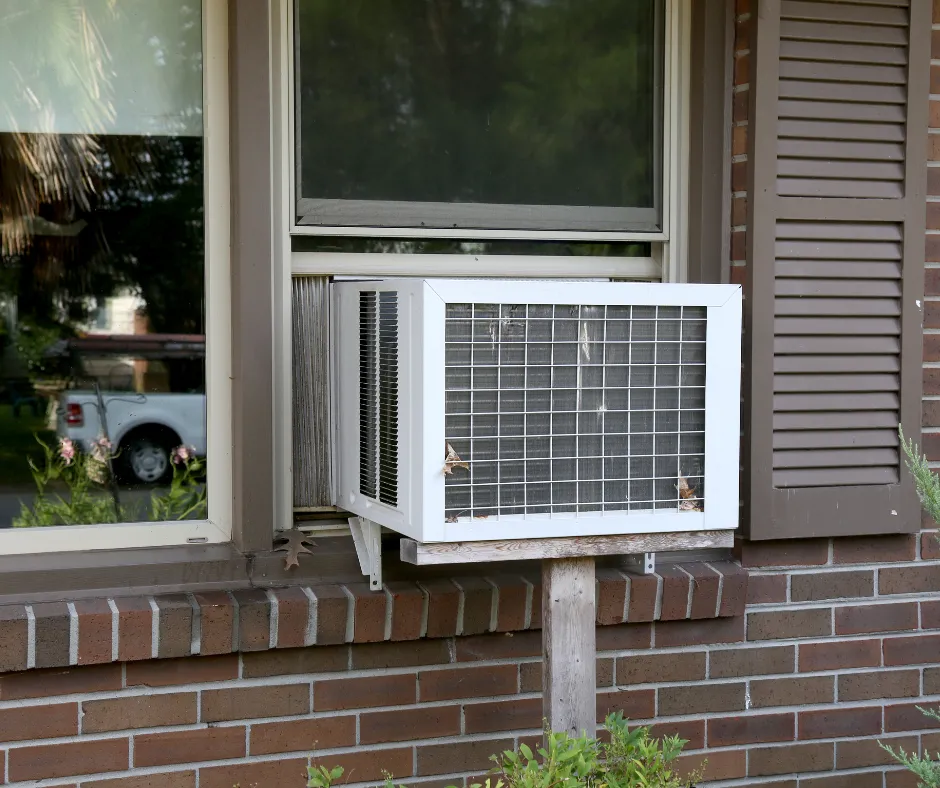Keeping your window AC unit clean is essential for maintaining its performance and efficiency. Regular cleaning not only prolongs the lifespan of the unit but also ensures better air quality and energy savings. In this comprehensive guide, we will explore the importance of cleaning your window AC unit and provide a step-by-step guide on how to clean it effectively. We will also discuss common mistakes to avoid during the cleaning process and when it might be necessary to consider professional AC cleaning services.
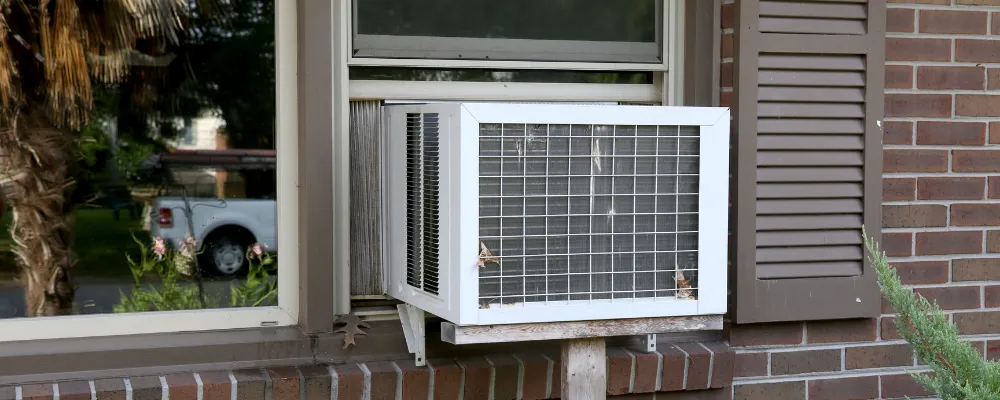
Importance of Cleaning Your Window AC Unit
When it comes to home improvement, maintaining air conditioning units often goes unnoticed. However, a well-maintained window air conditioner can have a lasting, positive impact on your home’s air quality and energy efficiency. Cleaning your air conditioner is not as complex as one may think. This article will provide you with a comprehensive guide on how to clean a window AC unit.
Prolonged Lifespan of the Unit
Have you ever wondered why some air conditioners seem to last longer than others? Like all appliances, the lifespan of your air conditioner heavily depends on how well you take care of it. Regular cleaning can prevent any undue pressure on the unit, helping it perform optimally for a prolonged period. In this process, you could save a substantial amount of money in the long run.
Efficiency and Energy Savings
Did you know that a dirty window unit works harder to cool your home, consuming more energy in the process? This is because dust and debris can block airflow, reducing the air conditioner’s overall cooling competence. Regular cleaning of your air conditioner can contribute to energy savings, enhancing the unit’s efficiency, and reducing your household’s carbon footprint.
Health and Air Quality Benefits
The link between your air conditioner unit and your health is more significant than you might think. A poorly maintained AC unit can harbor bacteria, negatively impacting indoor air quality. Regular cleaning, especially of the air filter, helps to significantly reduce the chances of respiratory issues and allergies.
Understanding Your Window AC Unit
Before we delve into a step-by-step guide on how to clean a window air conditioning unit, it’s essential to understand the design and function of your window AC unit. This will provide a clearer perspective, making the cleaning procedure more straightforward.
Main Components of a Window AC Unit
A typical window air conditioner includes a face panel, filter, cooling coils, and fan blades. The front panel protects the unit while the air filter traps dust particles, preventing them from entering your home. Cooling coils dissipate heat, and the fan blades, aided by a motor, help circulate cool air into your living space.
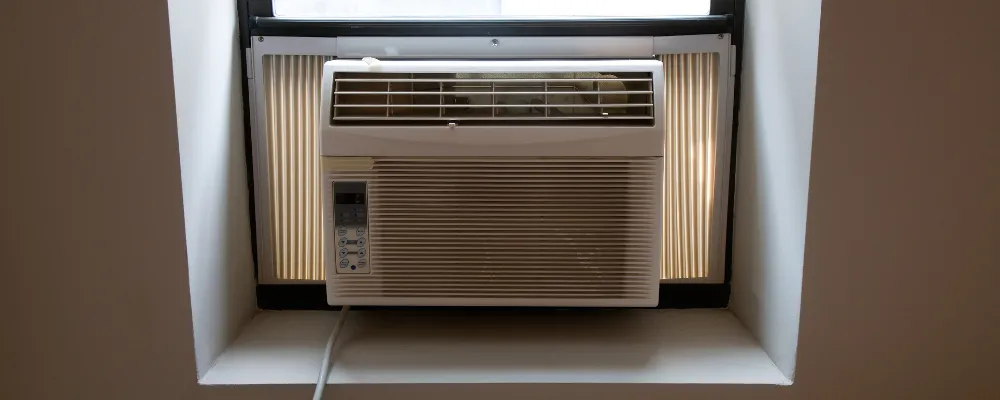
Role of Filters, Vents, and Cooling Coils
The air filter, vents, and cooling coils play a crucial role in the functioning of an air conditioner. Filters trap dust and pollutants, coils aid in cooling, and vents help circulate the chilled air. Understanding these components’ functions can further simplify cleaning your window unit.
When to Clean Your Window AC Unit
The recommended frequency for cleaning your AC unit may vary based on usage and environmental factors. However, a good practice is to clean the filters once every month, mainly during peak usage, and give the unit an in-depth cleaning at the beginning and end of the cooling season. Following this editorial process keeps your unit functioning efficiently and helps preserve indoor air quality.
Remember, frequent cleaning is crucial to prolong the life of your unit and improve your home’s air quality. Hence, it is advisable to use a mixture of water and hydrogen peroxide or a specialized AC cleaning solution to thoroughly clean the hard-to-reach parts of your unit.
So, whether you use a cloth, a vacuum with soft brush attachment, or a can of compressed air, ensure the cleaning is thorough. Ensuring your clean air conditioning unit is indispensable in maintaining a refreshing home environment.
How to Clean a Window AC Unit
Window air conditioners are a staple in many homes. They keep us cool during those hot summer days and improve our indoor air quality. However, your window AC unit can harbor harmful contaminants if not properly maintained. Here are some tips for cleaning your window AC unit.
Preparing for Cleaning: Tools and Safety Measures
Before jumping into the cleaning process, you’ll need some essential tools: a screwdriver, a soft brush, a vacuum cleaner with a brush attachment, compressed air, a sprayer, and a household cleaner or hydrogen peroxide. Always make sure to unplug the air conditioner before you start cleaning. This precautionary measure is critical to our editorial process to ensure your safety.
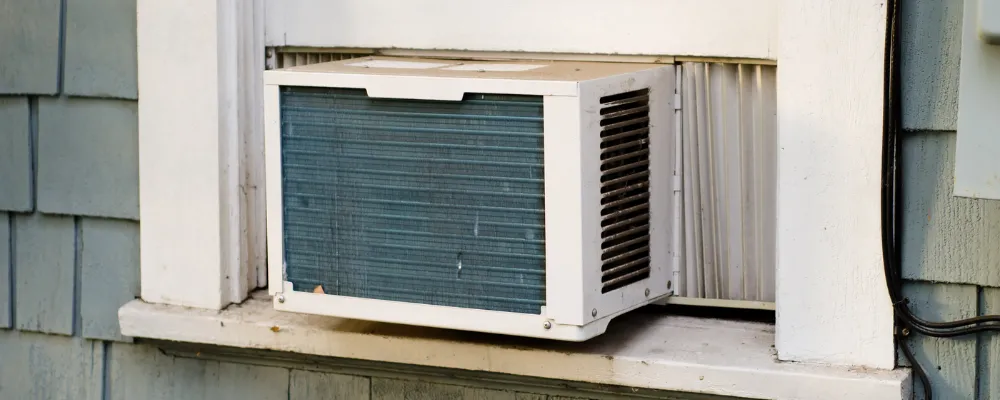
Cleaning the Filters
The air filter is a critical component of the air conditioning unit. A clean air filter ensures better indoor air quality, increased energy efficiency, and prolonged lifespan of the unit. Start by opening the face panel and removing the air filter. Clean it gently with warm water and a mild detergent, or you can also use hydrogen peroxide for heavy-duty cleaning. Allow the filter to dry completely before reinstalling it.
Cleaning the Vents and Cooling Coils
The vents and cooling coils of your window air conditioner can accumulate dust and dirt over time. Using a soft brush or compressed air, remove dust and dirt from the vents. For a deep clean on the cooling coils, use a gentle hydrogen peroxide spray. This is a home improvement tip that guarantees enhanced efficiency of the unit.
Maintenance Post Cleaning
An important aspect of the cleaning process is proper maintenance afterward. Run the air conditioner for at least a few hours a week, even in cooler weather. This keeps the unit dry and helps to improve the quality of air being passed through the system.
Common Mistakes to Avoid While Cleaning Your Window AC Unit
Mistakes during the cleaning process can compromise the function and lifespan of your window unit. Below, we outline the most common mistakes and how to avoid them.
Overlooked Parts of the AC Unit
More often than not, only the filters, vents, and coils get cleaned. Other parts like the drains, condenser coils in the back, and the portion of the window unit that sits outside the window often get ignored. These parts are equally important and require regular cleaning.
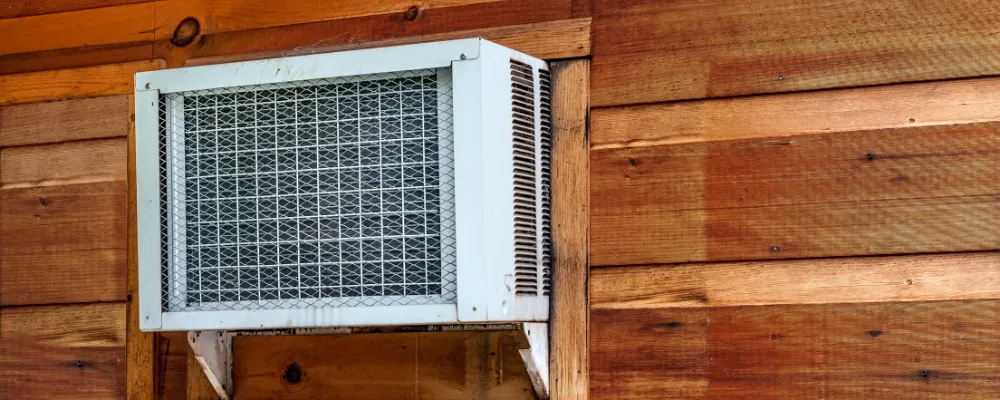
Using Wrong Cleaning Products
Using the right cleaning products is essential while cleaning your air conditioner. Certain chemical cleaners can corrode or damage the delicate fins of the coils. Products such as hydrogen peroxide or mild detergent mixed with warm water are suitable substitutes.
Improper Drying After Cleaning
Drying your window air conditioner after cleaning is crucial. Make sure all parts, including the filters, coils, and the inner surface of the unit, are completely dry before you reinstall them.
Professional AC Cleaning Services: When to Consider Them
Having air conditioners in your home adds to its overall comfort. However, with this home improvement item comes the responsibility of maintenance. When cleaning your air conditioning unit, DIY methods may sometimes be insufficient.
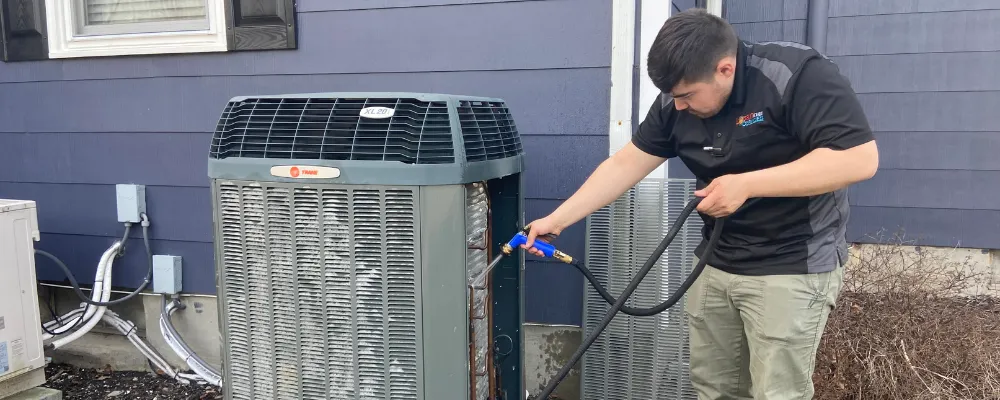
Several signs indicate the need for a professional cleaning service.
- Firstly, if your air conditioner is not cooling efficiently, a thick layer of dirt and grime could be the culprit.
- Secondly, an unusual noise from the system or a pungent smell suggests a deeper problem.
- Thirdly, if you notice a sudden spike in your energy bills, your air conditioner could be working overtime due to blockages in the air filter.
Repair and Maintenance Services
Aside from cleaning, professional air conditioner services often include inspection, repair, and maintenance. This is significant, especially when the issue is more than grime and dust. For example, if there’s a problem with the functioning of the air conditioner’s motor or fan, a professional would know the exact course of action.

Regular maintenance services can help fend off larger problems in advance. For instance, professionals can alert you about worn-out parts that need replacement, which saves you from inconvenient breakdowns and hefty repair costs in the long run.
Cost and Time Investment
While it’s true that hiring professionals would be a costlier affair than doing it yourself, it’s the safer and more effective solution. Though the costs can vary based on the type of window air conditioner, its age, and its condition, investing in professional services guarantees the job done right, extending the lifespan of your AC unit while enhancing its performance.
As for the time investment, hiring a professional allows you to sit back and relax while the experts handle the dirty work. A deep cleaning session may take anywhere between 1 to 3 hours depending upon the nature of the service required. This saves you the hassle while ensuring you a fresh, clean, and efficient air conditioner for the hot days ahead.
FAQs
Can I hose down my window AC unit?
Yes, you can hose down your window AC unit. However, it is important to follow proper safety precautions. Before doing so, make sure the unit is turned off and unplugged. Cover the electrical components with plastic or waterproof material to prevent any water damage. Use a gentle stream of water to rinse off the unit, removing any dirt, debris, or dust that may have accumulated on the surface and the fins. Avoid using high-pressure or harsh chemicals, as they can damage the unit. Allow the AC unit to dry completely before plugging it back in and turning it on. Regularly cleaning and maintaining your window AC unit can help maximize its efficiency and lifespan.
How to clean a window air conditioner without removing it from the window?
It is not recommended to clean a window air conditioner while it is still in the window. This is because the water from the cleaning process can drip down the side of the unit and into the window frame. This can cause damage to the window frame and the AC unit itself. If you must clean a window air conditioner while it is still in the window, be sure to use a mild detergent and water solution. Do not use any harsh chemicals, as these can damage the unit. Also, wipe down the unit thoroughly after cleaning, and allow it to dry completely before using it again.

